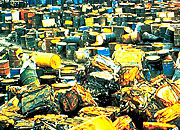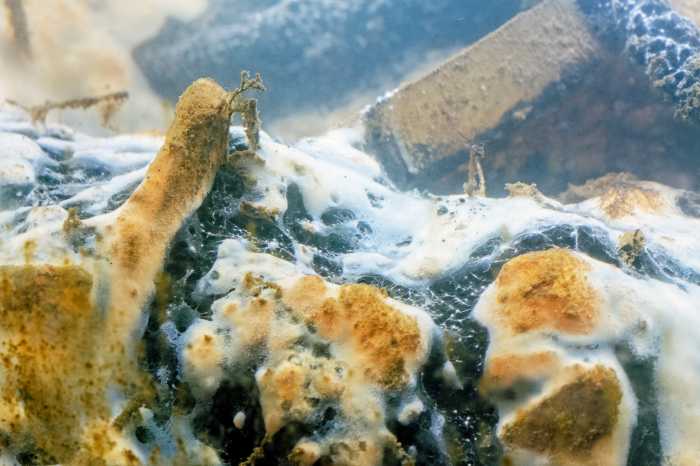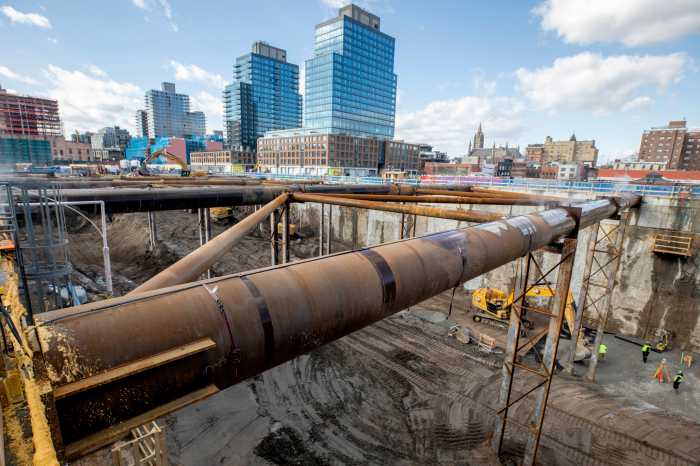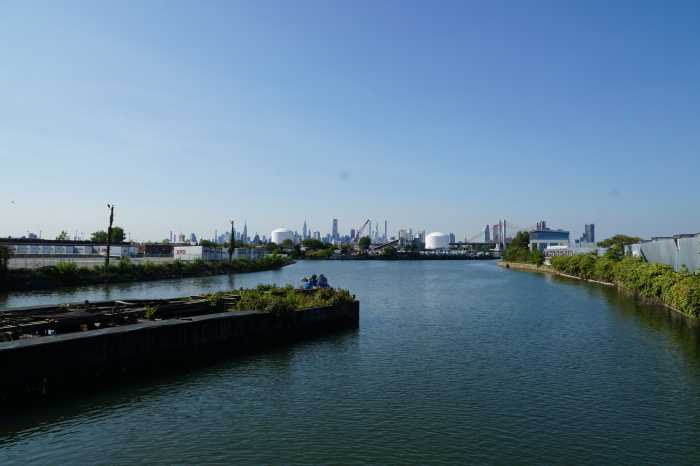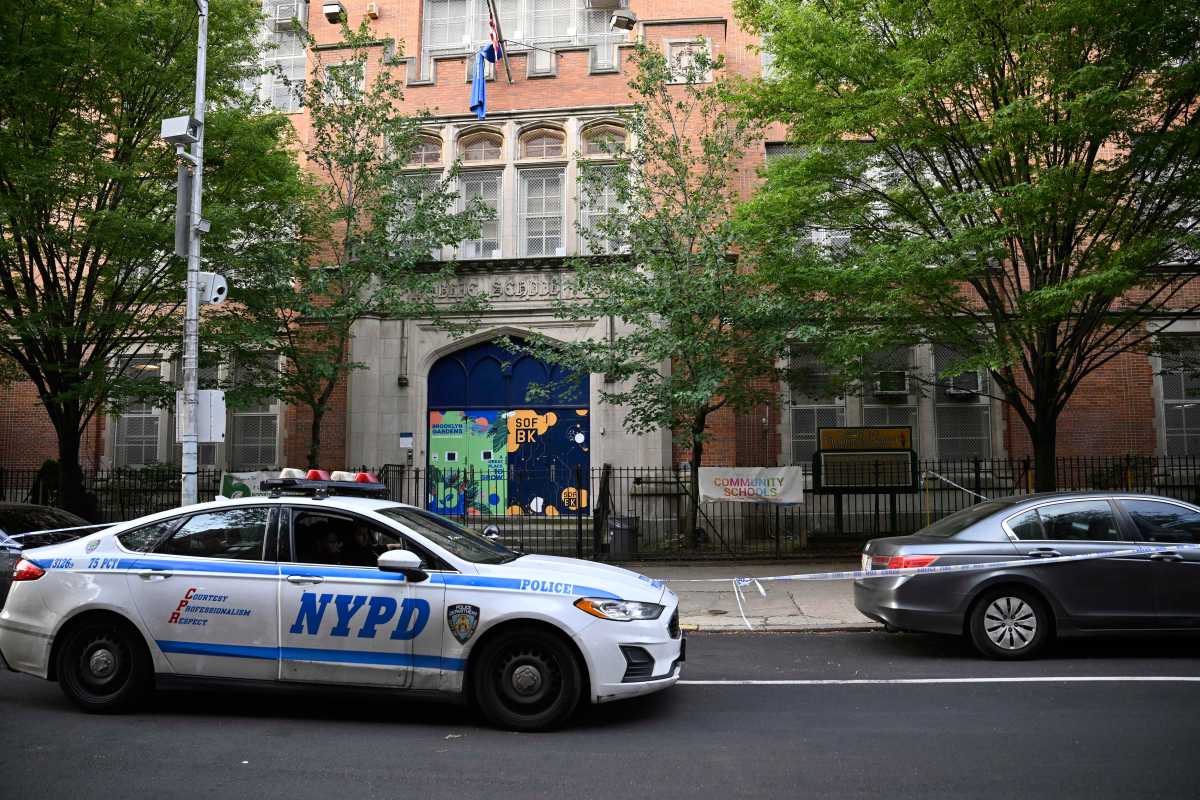There’s substantial debate over whether federal Superfund designation is a good thing or a bad thing for a toxic site. Here are some case studies:
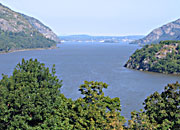
The Upper Hudson River
Contamination of the Hudson was mostly confined to a 40-mile stretch near Albany where General Electric dumped more than 1.3 million pounds of PCBs, a potential carcinogen, into the river before 1977. In 1984, the feds designated most of the river a Superfund site — but then spent the next 16 years fighting to get GE to pay for the clean-up. In 2002, the company agreed to spend at least $750 million. Removal of the PCBs is expected to be finished in 2015.
Result: Clean-up not finished. Slated to take 31 years.
Contamination of the Hudson was mostly confined to a 40-mile stretch near Albany where General Electric dumped more than 1.3 million pounds of PCBs, a potential carcinogen, into the river before 1977. In 1984, the feds designated most of the river a Superfund site — but then spent the next 16 years fighting to get GE to pay for the clean-up. In 2002, the company agreed to spend at least $750 million. Removal of the PCBs is expected to be finished in 2015.
Result: Clean-up not finished. Slated to take 31 years.
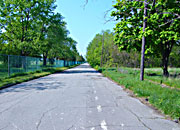
The Love Canal
The granddaddy of environmental catastrophes, this troubled section of Niagara Falls, NY actually spawned the legislation in 1980 that created the Superfund program. The trouble started in the late 1970s when investigators noticed high levels of birth defects and rare cancers in the area — the result of long-buried chemicals seeping into homes and a school. A horrified nation prompted the government to evacuate hundreds of families. Though some critics say there are lingering risks, the Environmental Protection Agency removed the Love Canal from the Superfund list in 2004 after a $400-million cleanup.
Result: Clean-up took 24 years, though it’s unclear if it fully worked.
The granddaddy of environmental catastrophes, this troubled section of Niagara Falls, NY actually spawned the legislation in 1980 that created the Superfund program. The trouble started in the late 1970s when investigators noticed high levels of birth defects and rare cancers in the area — the result of long-buried chemicals seeping into homes and a school. A horrified nation prompted the government to evacuate hundreds of families. Though some critics say there are lingering risks, the Environmental Protection Agency removed the Love Canal from the Superfund list in 2004 after a $400-million cleanup.
Result: Clean-up took 24 years, though it’s unclear if it fully worked.


